Android Central Verdict
The Redmi Note 11 Pro offers minimal upgrades over its predecessor: the internal hardware is more powerful, and you get faster 67W charging. But the boxy design makes the phone unwieldy in daily use, the cameras aren't as good as last year, it still has Android 11 out of the box, and it costs a premium.
Pros
- +
Vibrant 120Hz AMOLED screen
- +
Powerful internals
- +
Stellar battery life with 67W charging
- +
Stereo sound, 3.5mm jack, splash-proof chassis
Cons
- -
Android 11 out of the box
- -
Downgraded cameras
- -
No 4K video recording
- -
Not good value
Why you can trust Android Central
The Redmi Note series sold over 240 million units globally in the last five years, and a big reason for that momentum can be attributed to value. From the very beginning, Xiaomi undercut its rivals and delivered the best budget phones if you were after value for money, allowing the brand to become the third-largest phone manufacturer globally.
But there was always a worry that Xiaomi wouldn't be able to sustain its pricing advantage, and in such a scenario another brand could easily outmaneuver it. In 2022, it feels like that moment is here — the Redmi Note 11 Pro and Pro 5G start off at a significant premium in most global markets, and that puts Xiaomi at a disadvantage.
Because without the value on offer, the Redmi Note 11 Pro 5G is just another budget phone with its own set of compromises, and in a category where there's plenty of choice, it quickly gets overshadowed.
That said, the Redmi Note 11 Pro retains its advantage in key markets like China and India, with Xiaomi opting to forego profits to maintain its market position. But in the likes of the UK, Germany, Spain, and other European countries, the Redmi Note 11 Pro 5G is a poor showing if you're looking for value.
Redmi Note 11 Pro 5G: Price and availability
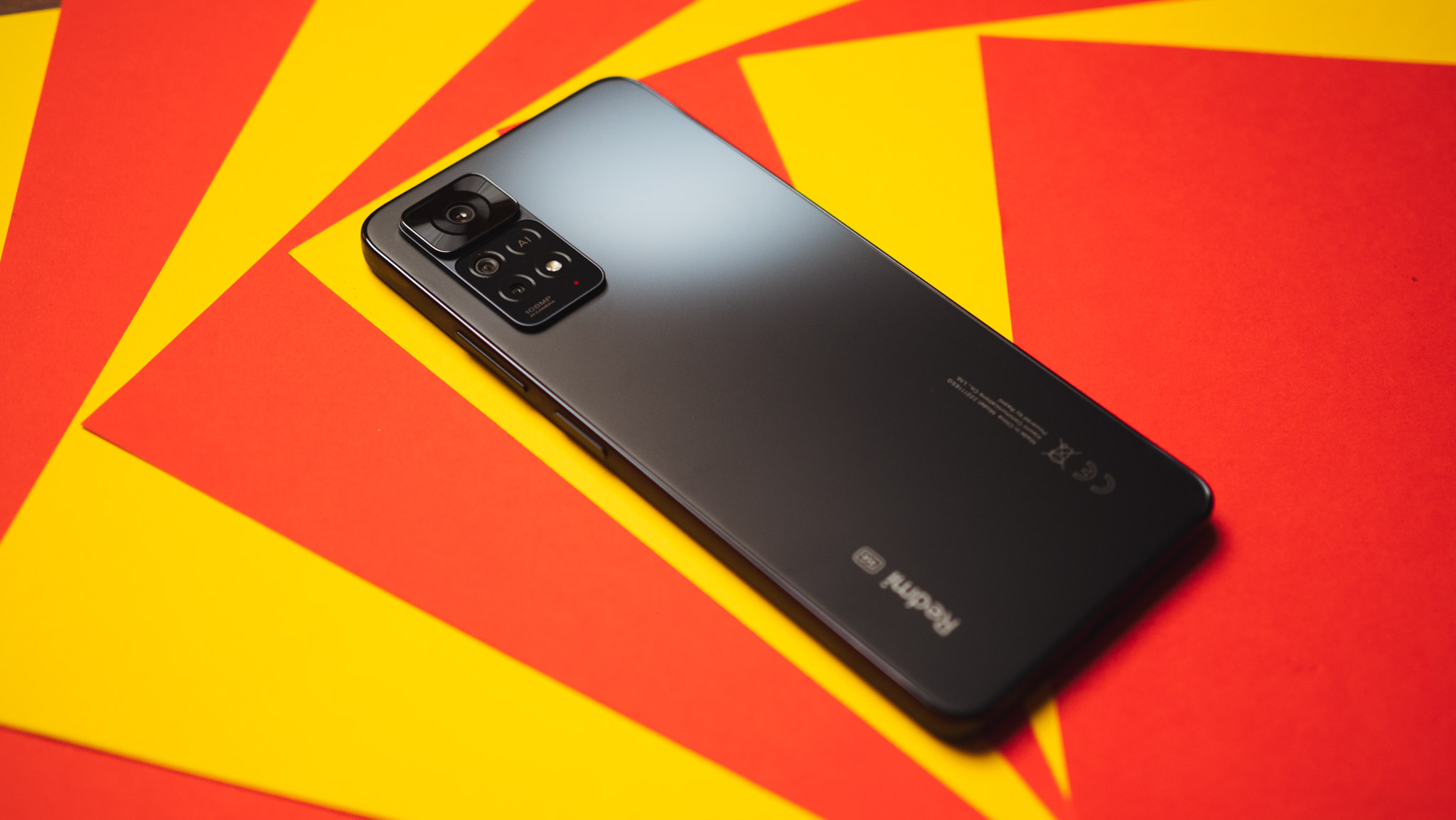
The Redmi Note 11 Pro and 11 Pro 5G were unveiled at the end of January, and are now making their way to global markets. There are two models this year: a standard 4G option and a 5G-enabled variant that I'm testing. The 4G-based model is powered by MediaTek's ageing Helio G96, while the 5G version gets the Snapdragon 695.
The Note 11 Pro with 4G is available in three variants: the 6GB/64GB model costs the equivalent of $299, the 6GB/128GB variant is $329, and the 8GB/128GB option will set you back $349.
The Note 11 Pro 5G is also sold in the same three configurations, with the 6GB/64GB option starting off at $329, the 6GB/128GB variant listed for $349, and the 8GB/128GB model for $379.
Xiaomi introduced the Redmi Note 11 Pro 5G in India on March 9, with that device branded as the Redmi Note 11 Pro+ 5G. Other than an added Plus moniker to the name, the device is identical to the global Redmi Note 11 Pro 5G I'm reviewing here.
Because Xiaomi is keen to hold on to its position as the largest phone brand in India, the Redmi Note 11 Pro+ is much more affordable in the country: the 6GB/128GB model is ₹20,999 ($273), the 8GB/128GB option is ₹22,999 ($300), and the 8GB/256GB variant is ₹24,999 ($325). On top of this, you get enticing cashback offers that knock the price down by a further ₹1,000 ($13).
Redmi Note 11 Pro 5G: Design
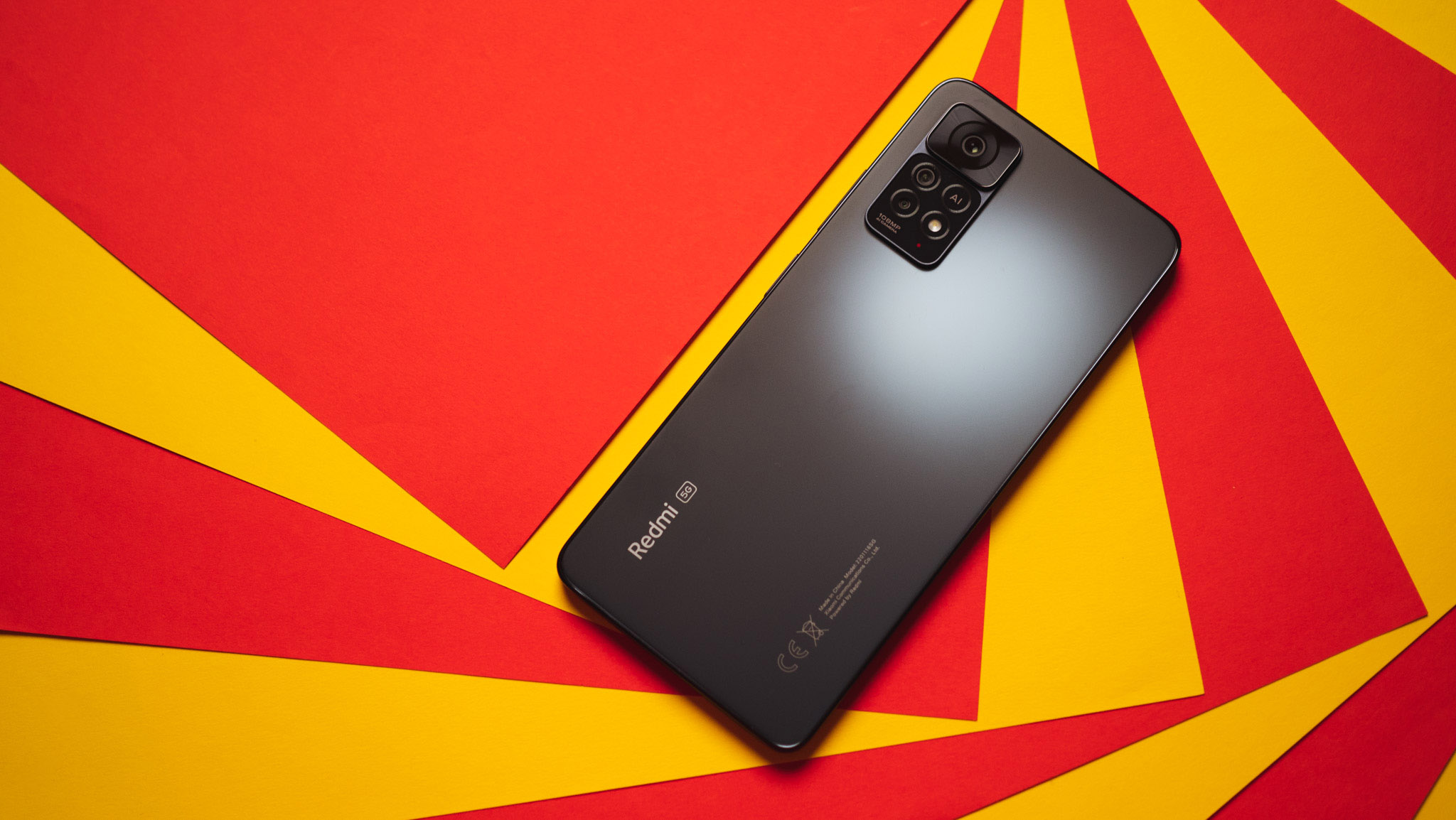
Xiaomi likes to switch up the design of the Redmi series with every generation, and as such there's no design consistency or a broader vision in this area. Last year's Redmi Note 10 Pro had an interesting design with the rectangular rear camera island and flowing curves at the back, but for 2022, Xiaomi went with a rectangular chassis that seems to be the flavor du jour for budget Android manufacturers these days.
The boxy design makes the Redmi Note 11 Pro 5G unwieldy to hold and use.
The boxy design with flat sides makes it harder to hold and use the phone, it doesn't have the same presence as last year's model, the rear camera housing looks busy, and the black color option is dull — there's no design flair here. The phone is available in blue and white color options in addition to black, and you're better off looking at those variants instead.
The Redmi Note 11 Pro 5G comes with a plastic mid-frame, and the sides have a matte finish. The back is made out of glass, and you get a layer of Gorilla Glass 5 to ensure there's some resistance to tumbles. There's a matte texture at the back as well, but it is prone to smudges.
The camera housing protrudes quite a bit from the chassis, so you'll notice a decent amount of wobble when using the phone on a flat surface. Other design mainstays include a 3.5mm jack, IR blaster, and a hybrid SIM tray that lets you slot in a microSD card in the second SIM card slot.
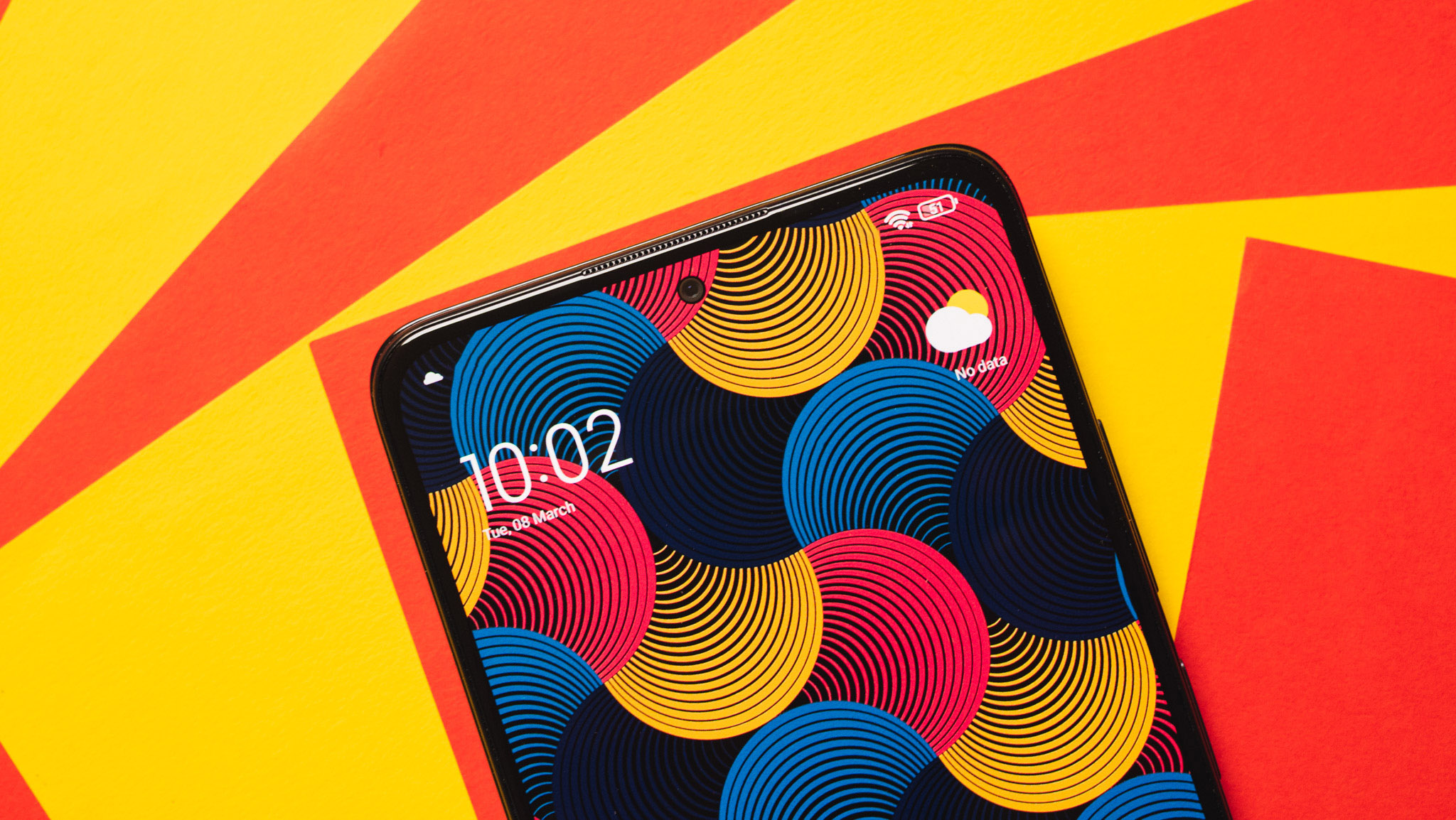
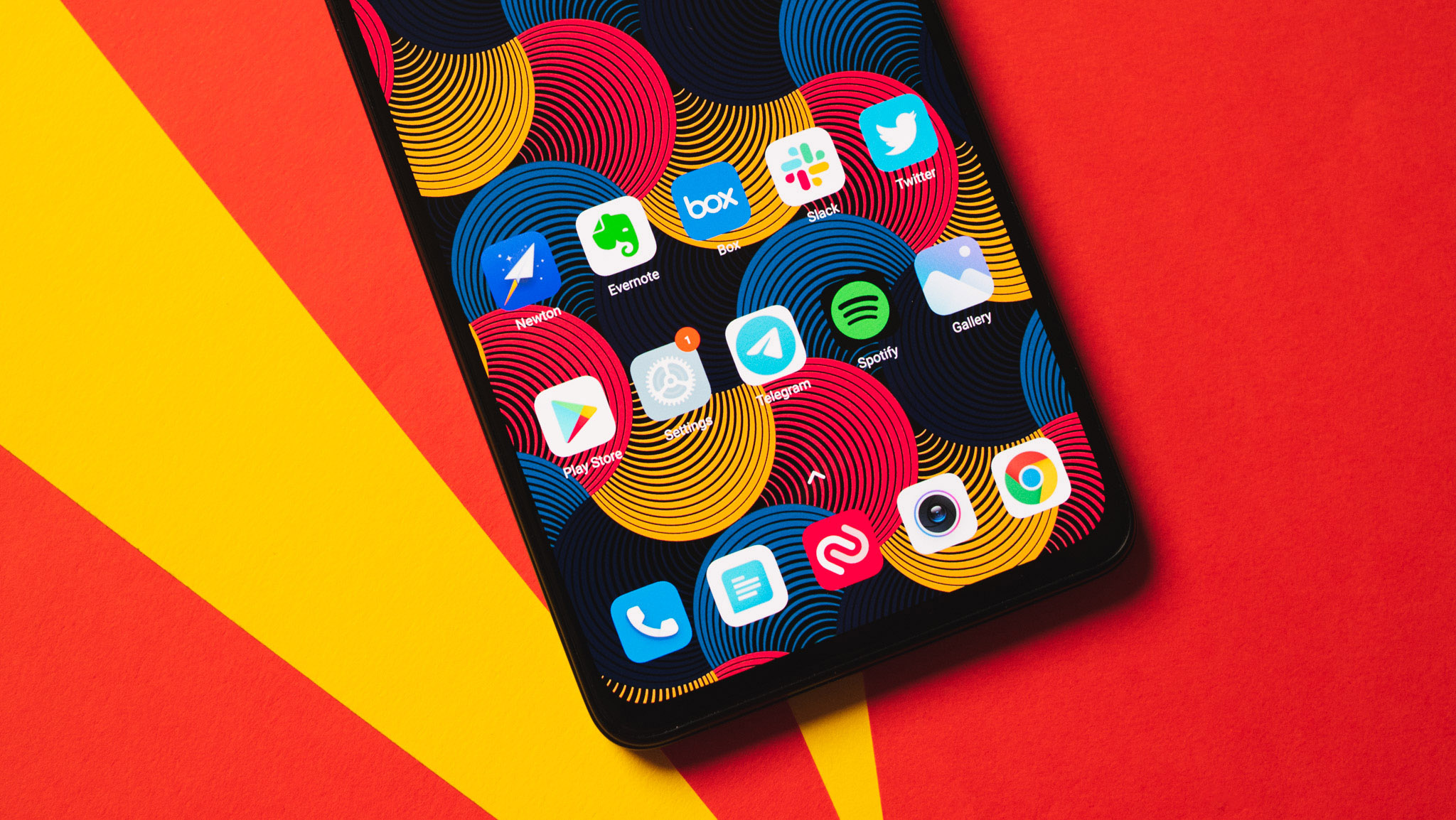
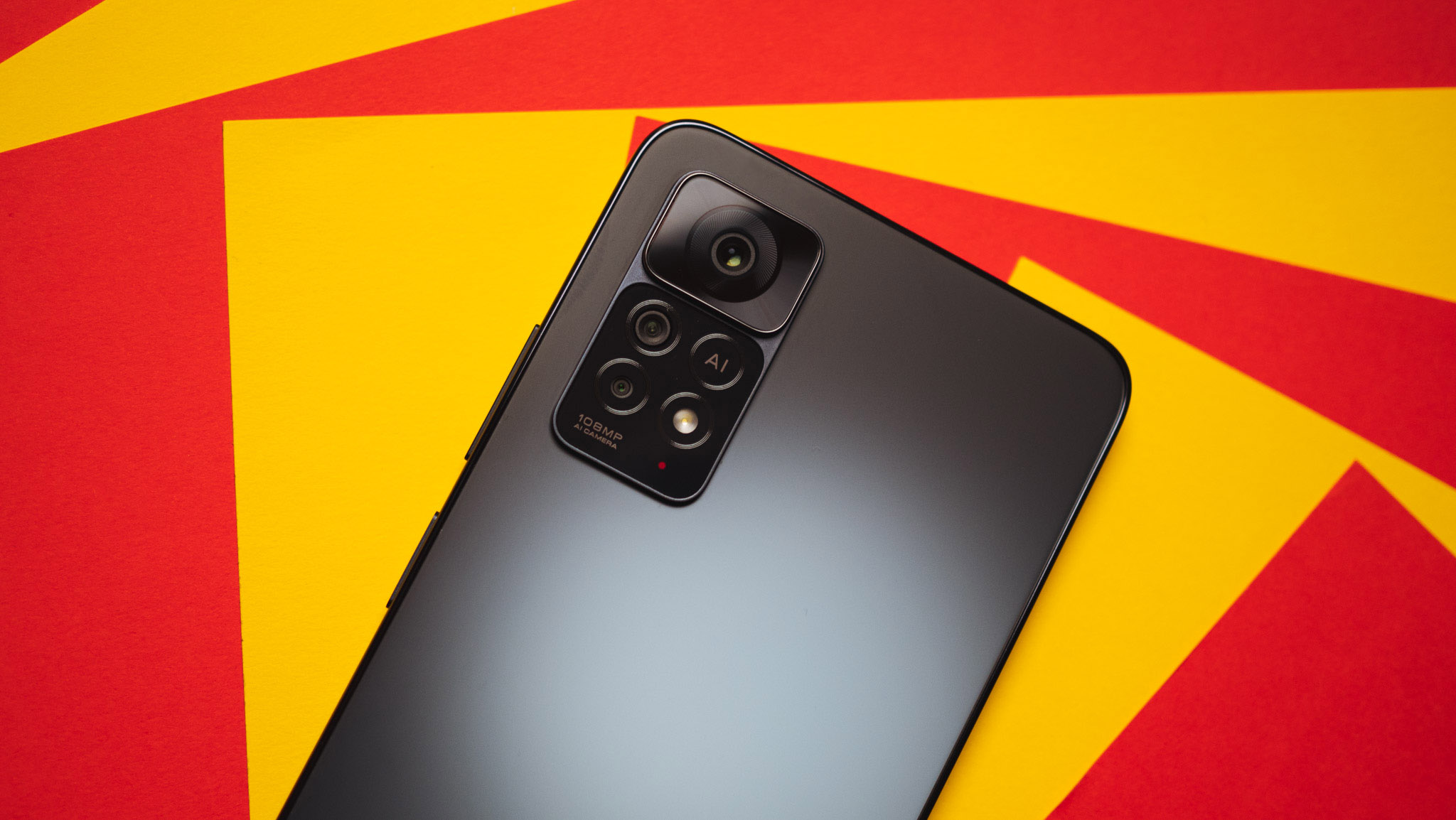
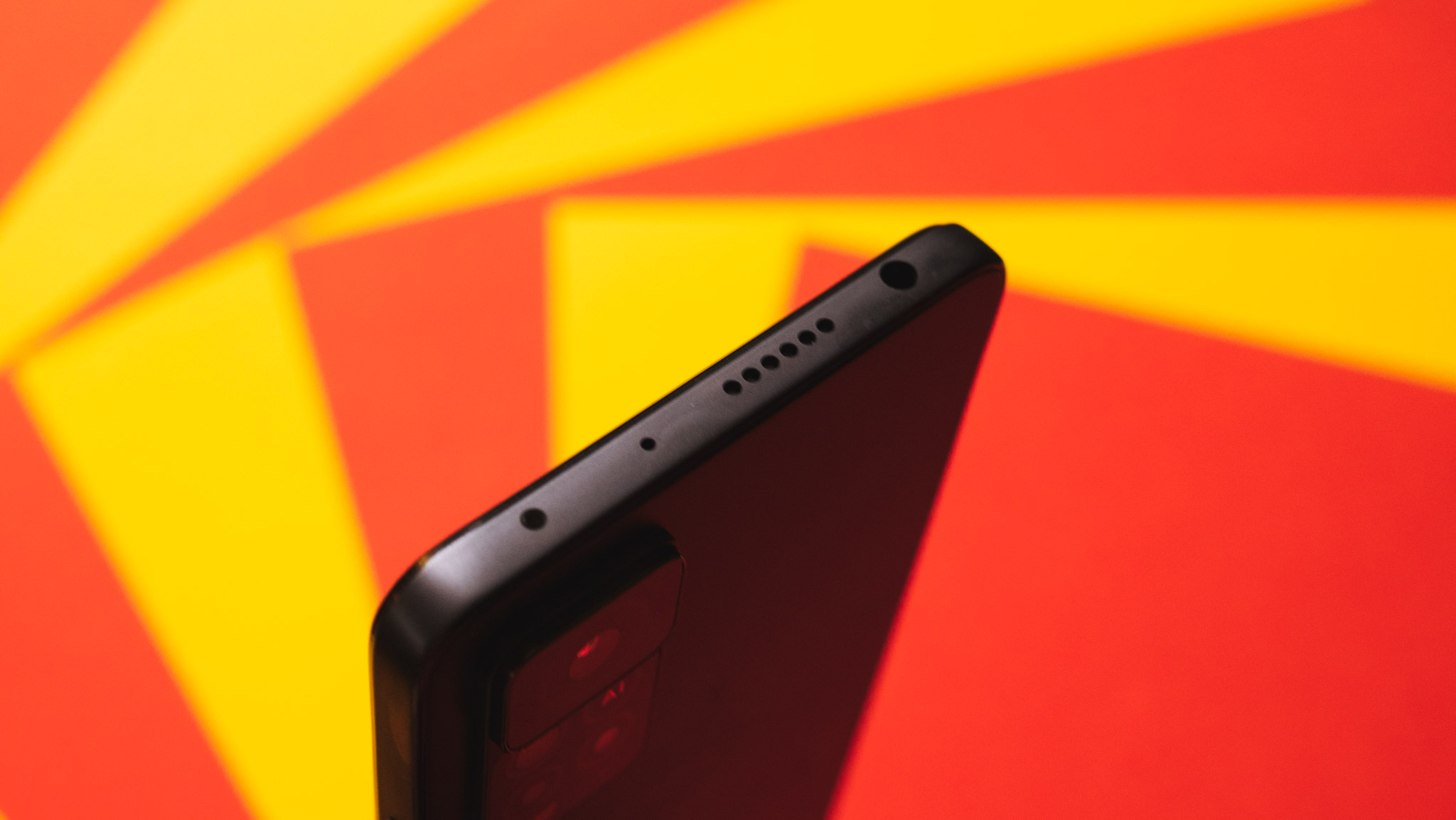
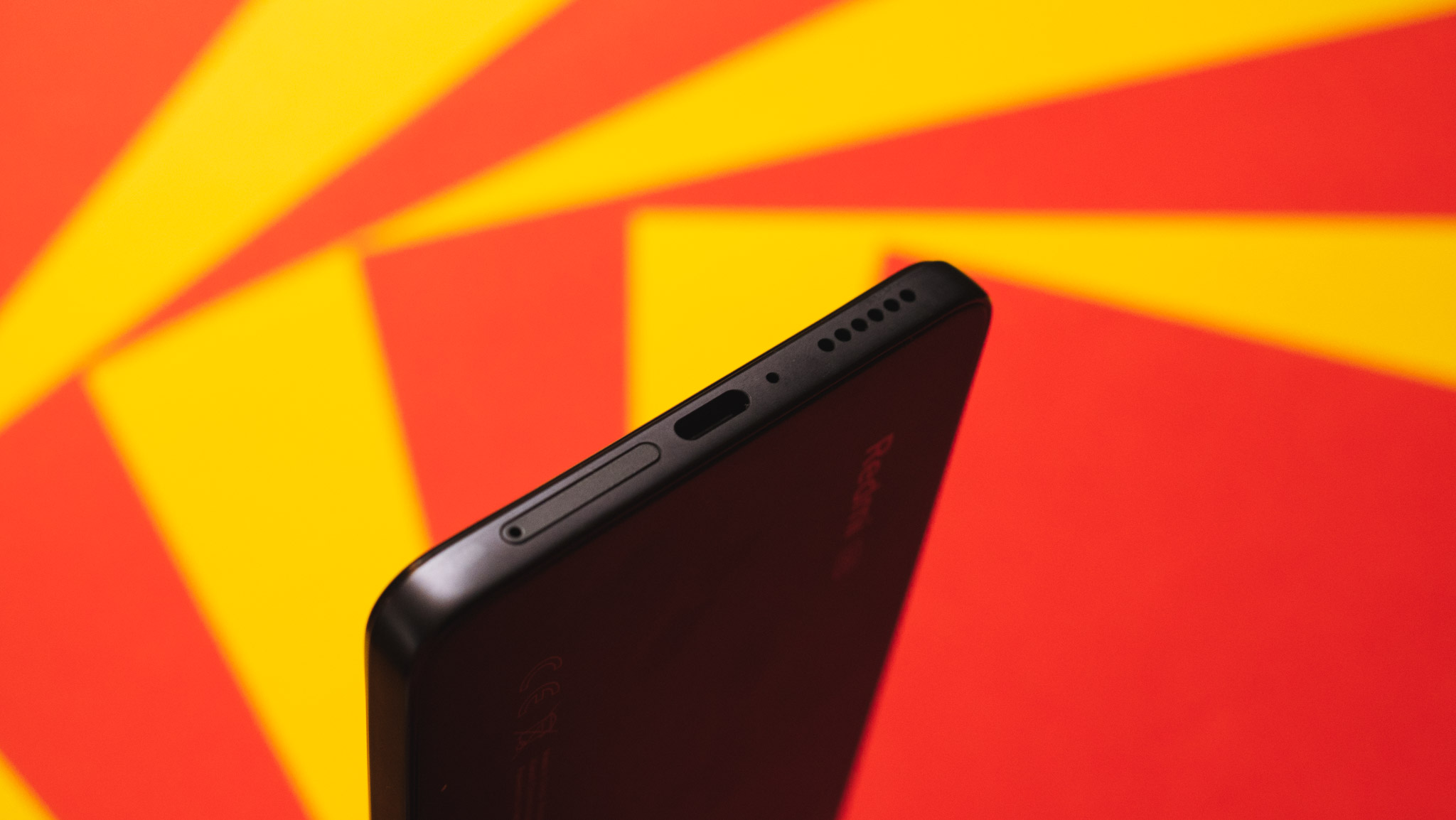
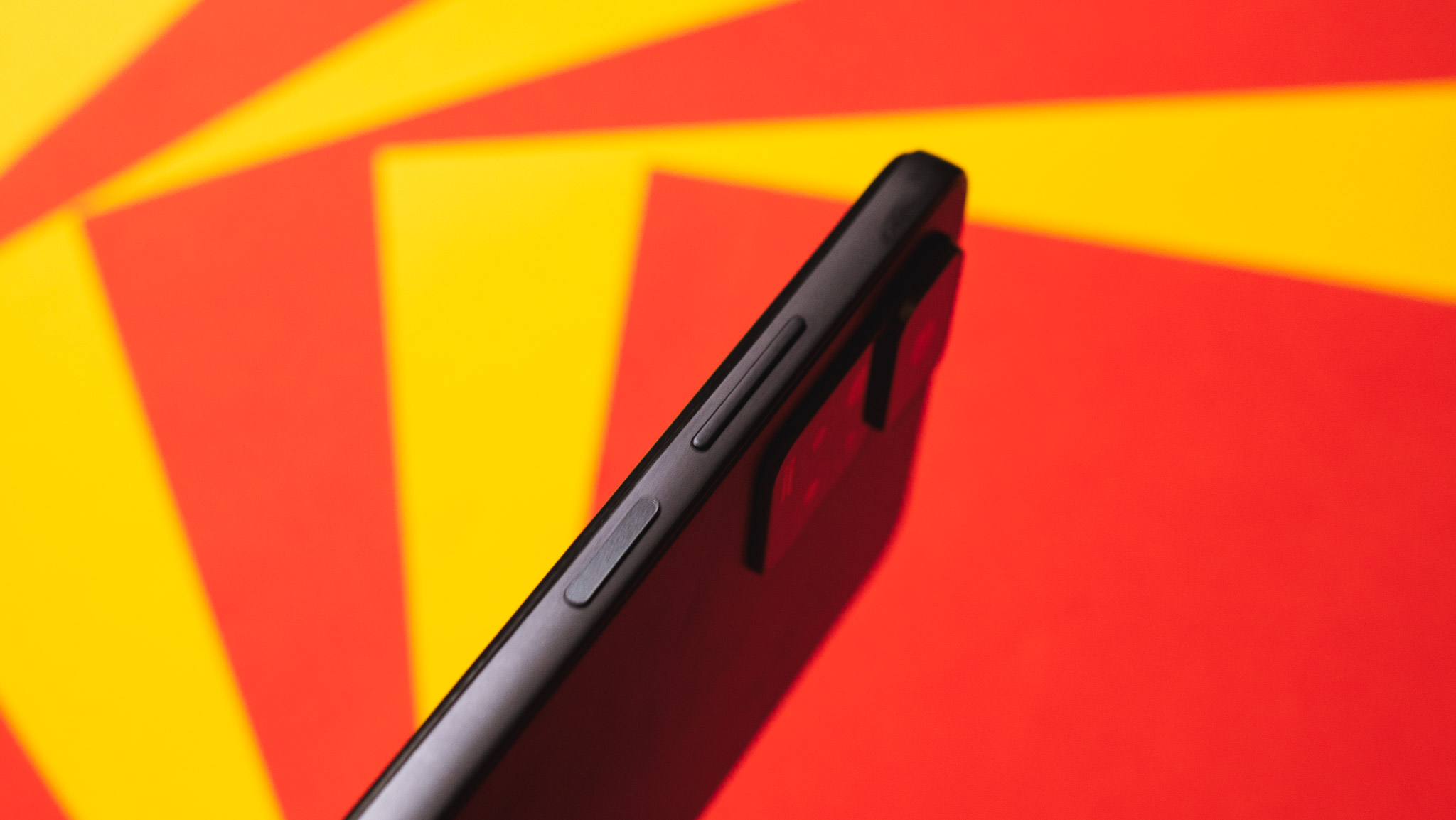
Redmi phones launched in the last 18 months have featured a side-mounted fingerprint sensor as standard, and that hasn't changed with the Redmi Note 11 Pro 5G. The sensor is fast to authenticate and reliable, and the power button is located where your thumb rests on the side, so it is easily accessible.
Like last year, you get IP53 dust and water resistance, and while that doesn't mean you can submerge the phone underwater, it should weather the occasional downpour without any issues.
I liked the curvy design of the Redmi Note 10 Pro, and I'm not particularly fond of the changes that Xiaomi made here; the flat sides and back make the Redmi Note 11 Pro 5G uncomfortable to hold and use. And at 202g, the phone is 9h heavier than its predecessor, and rather unwieldy.
Redmi Note 11 Pro 5G: Screen
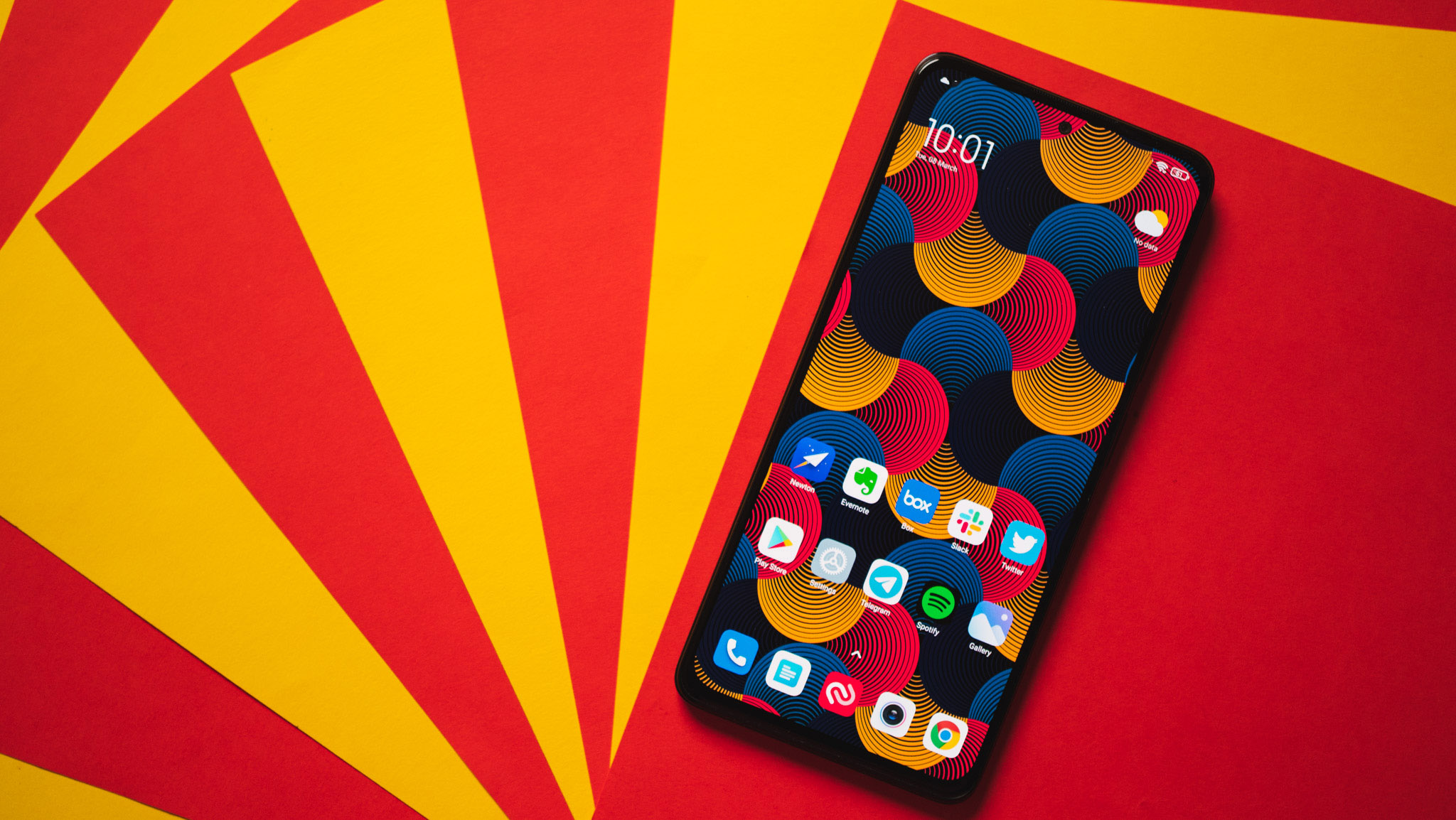
Xiaomi thankfully didn't make too many modifications to the screen, with the Redmi Note 11 Pro 5G featuring the same 6.67-inch AMOLED panel with 120Hz refresh rate and FHD+ resolution. This is one of the best panels you'll find in the budget category; Xiaomi has consistently delivered AMOLED screens with excellent color calibration out of the box, and that's the case on the Redmi Note 11 Pro 5G as well.
This is still one of the best screens you'll find in the budget segment — and the stereo sound is fantastic.
There are thin bezels on all sides, and Xiaomi did a good job maximizing the screen real estate. There's no HDR10 here, but you get vibrant colors and excellent visibility under sunlight. There are three screen modes to choose from — Vivid, Standard, and Saturated — and you get to tweak the color balance for each mode to your tastes.
Xiaomi continues to limit its phones to 60Hz out of the box, so once you set up the Redmi Note 11 Pro 5G, you'll have to go into the settings to manually switch to 120Hz mode. Another bugbear is the always-on mode; it doesn't actually stay on throughout the day, but instead kicks in for 10 seconds whenever you get a notification.
The one area where the Redmi Note 11 Pro 5G excels is audio; the phone has a 3.5mm jack and identical stereo channels that get loud. The stereo sound makes a lot of difference when playing games, and Xiaomi did a fantastic job delivering this feature as standard across most of its portfolio.
Redmi Note 11 Pro 5G: Performance and battery
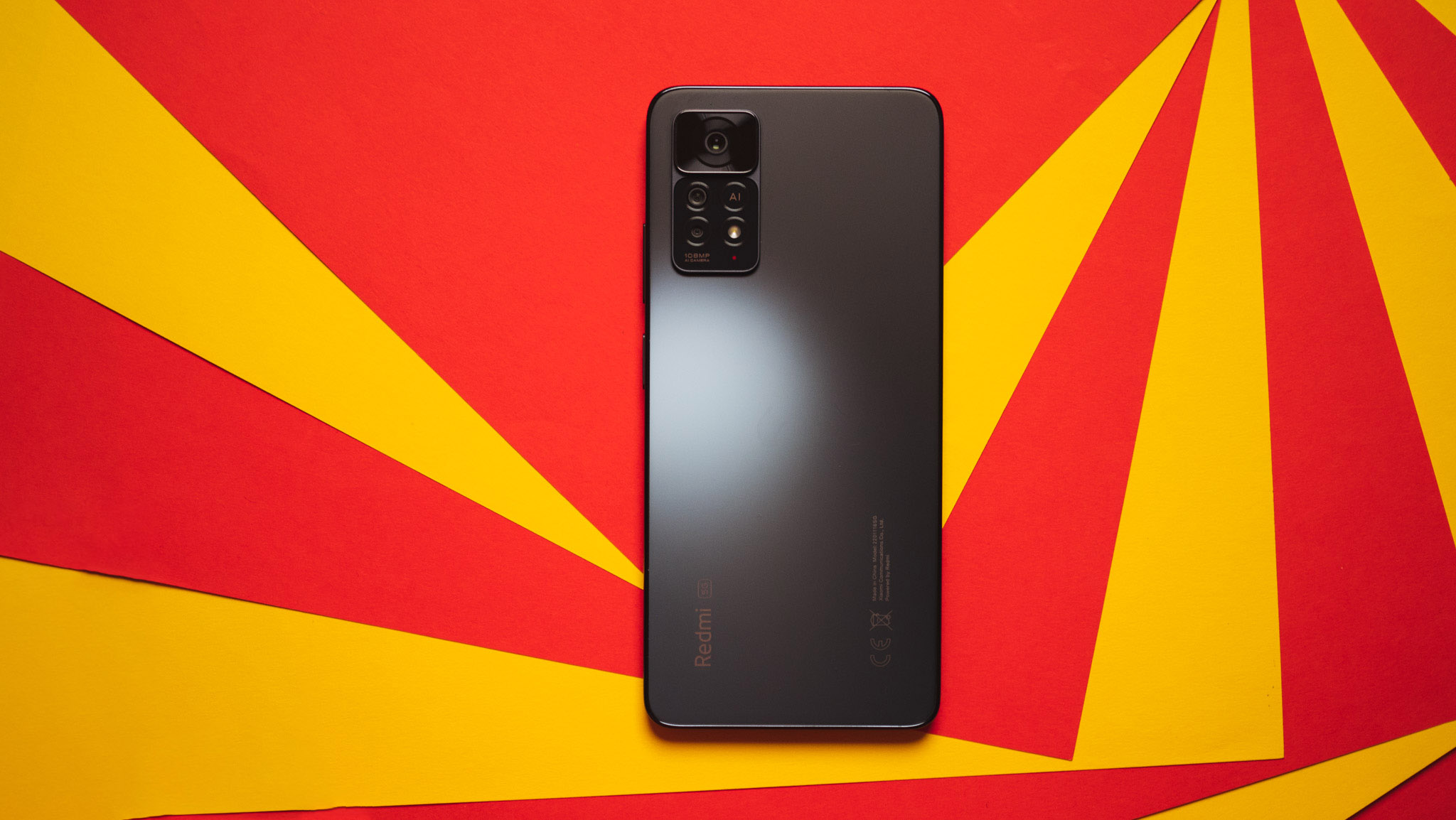
Last year's Redmi Note 10 series lacked 5G connectivity, and while the standard is yet to debut in countries like India, Xiaomi is hedging its bets and releasing two variants in the Redmi Note 11 series. The Redmi Note 11 Pro is the default 4G model and features the 12nm MediaTek Helio G96, and the Redmi Note 10 Pro 5G (Pro+ 5G in India) is powered by the 6nm Snapdragon 695.
The Snapdragon 695 includes decent gains over last year's Snapdragon 732 thanks to the fact that it offers newer Cortex A78 cores, but in most day-to-day use cases, there's no difference between the two. Gaming, for instance, is broadly unchanged, with the likes of PUBG Mobile running at medium settings on both phones.
You won't find any meaningful gains from last year.
I didn't have any issues with lag or throttling in the week that I used the Redmi Note 11 Pro 5G, and it is reliable for everything from browsing and social media to occasional gaming. Of course, the biggest addition with the Snapdragon 695 is 5G connectivity.
The Redmi Note 11 Pro 5G has the requisite 5G bands for each region, with the global model getting 12 bands in total (n1, 3, 5, 7, 8, 20, 28, 38, 40, 41, 66, 77, 78) and the Indian version featuring seven 5G bands (n1,3,5,8,28,40,78).
Although the Snapdragon 695 features Qualcomm's FastConnect 6200 system, it doesn't have a Wi-Fi 6 modem — you're limited to Wi-Fi ac here. There is Bluetooth 5.1 and NFC in most global markets (Indian unit still doesn't get one), and the usual assortment of sensors.
As for the battery side of things, the Redmi Note 11 Pro 5G has a 5000mAh battery, and while that's unchanged from last year, the phone lasts a little longer due to the more efficient 6nm node. I got well over a day's worth of use out of the Redmi Note 11 Pro 5G, averaging over 5.5 hours of screen-on-time.
The phone also charges at 67W, with the bundled 67W charger taking just under 50 minutes to fully charge the phone. A15-minute charge nets around 45% charge, and while it doesn't quite measure up to the 65W standard that's used on devices like the Nord 2, it is still a considerable difference over the Note 10's 33W tech.
Redmi Note 11 Pro 5G: Cameras
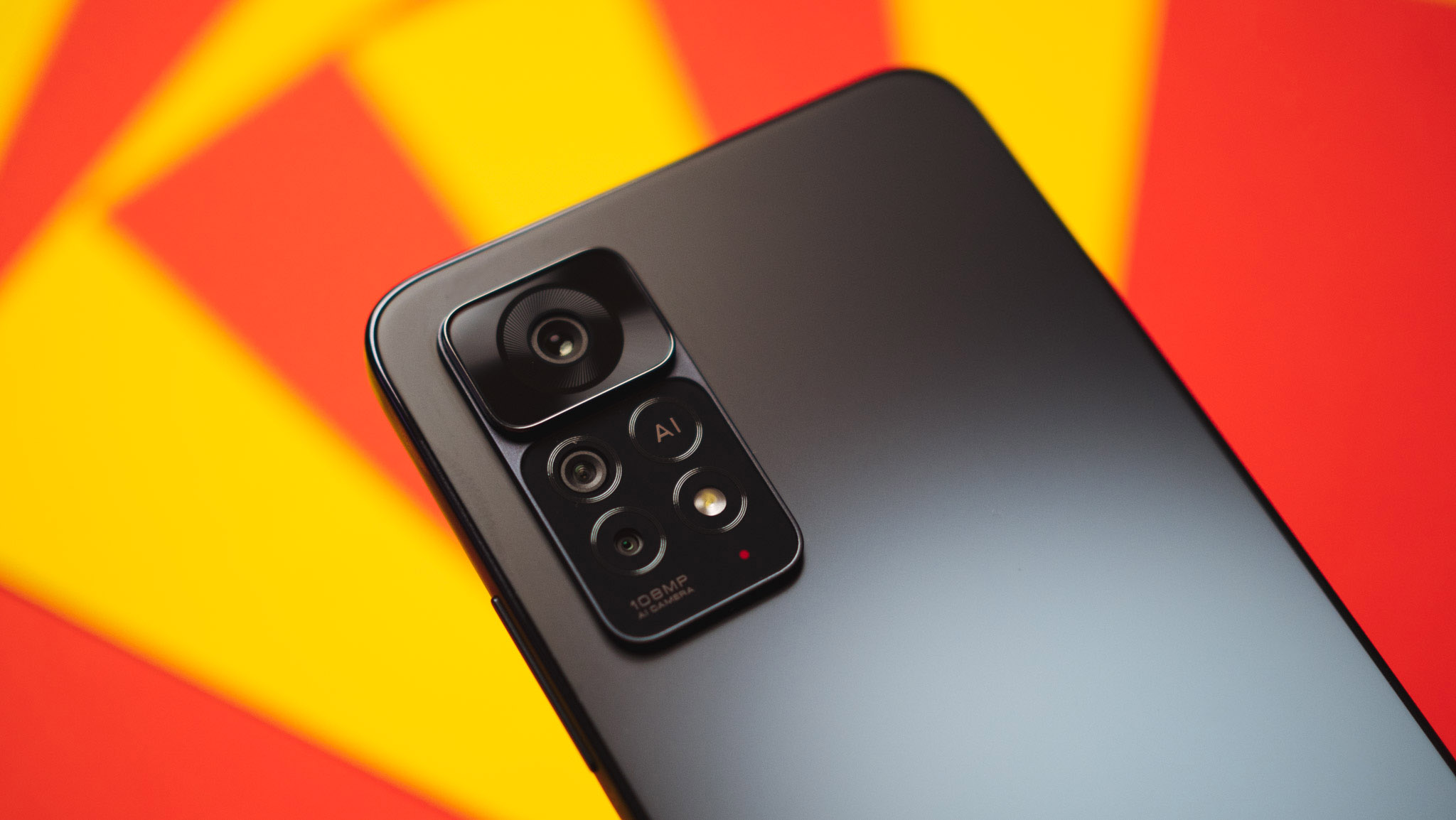
The Redmi Note 11 Pro 5G retains a familiar camera configuration: there's a 108MP Samsung HM2 sensor joined by an 8MP wide-angle lens and a 2MP macro. Up front, you'll find a 16MP camera that's identical to last year.
The camera is a downgrade from last year — there's no 4K video.
The camera interface itself hasn't changed in MIUI 13, and you get the usual shooting modes along with toggles for AI, HDR, timer, flash and the various lenses. The manual mode gives you granular control, and while the phone defaults to 12MP shots when using the 108MP sensor, there is a full-res mode available.
A noticeable change this year has to do with video recording — the Redmi Note 11 Pro 5G is limited to 1080p, with no option for 4K. That's a bizarre omission considering last year's model had 4K at 30fps, and most phones in this category offer the feature as standard.
This is an inherent limitation in the Snapdragon 695 and not something enforced by Xiaomi. Still, the lack of 4K video puts the Redmi Note 11 Pro 5G at a distinct disadvantage.

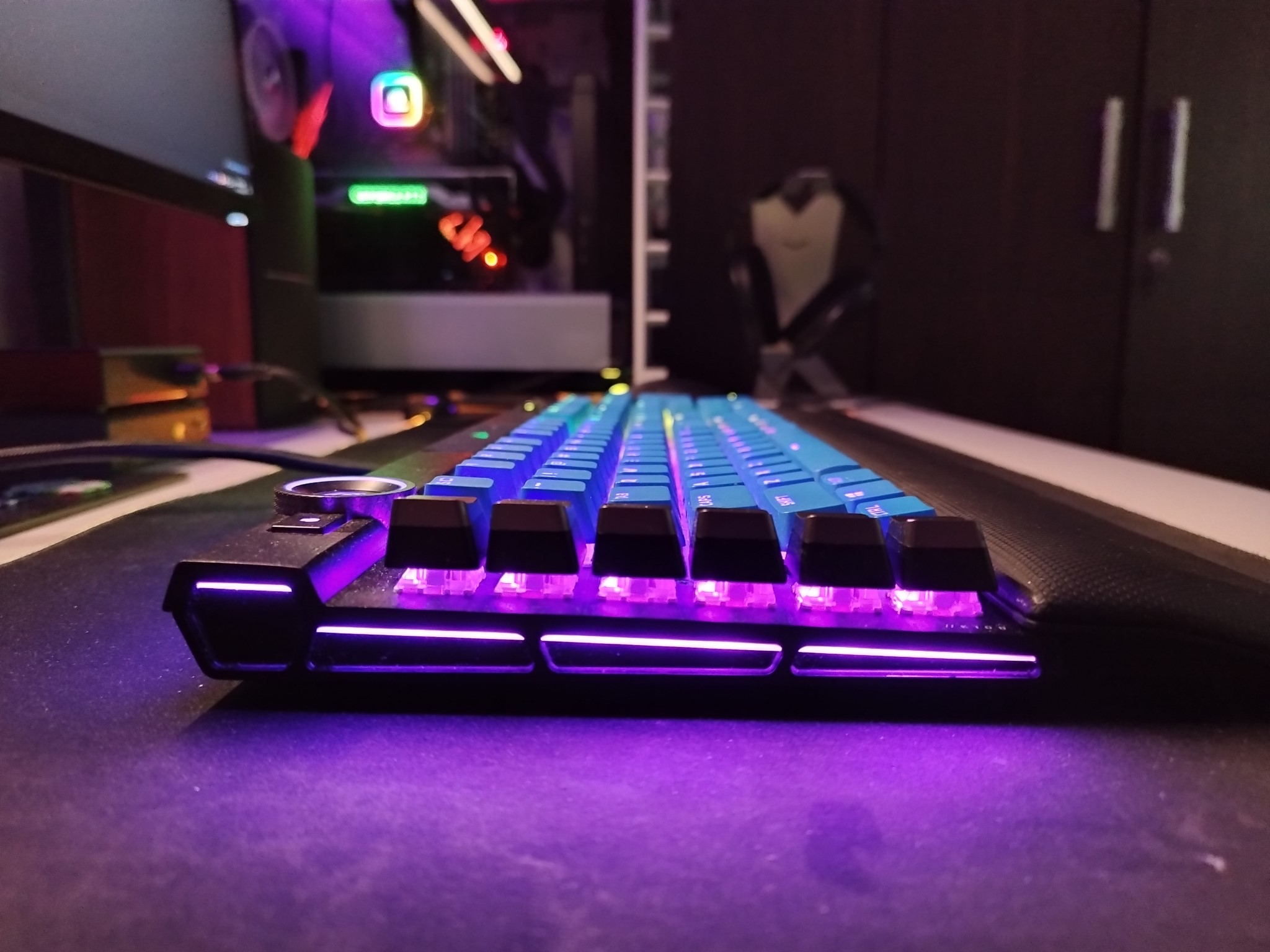


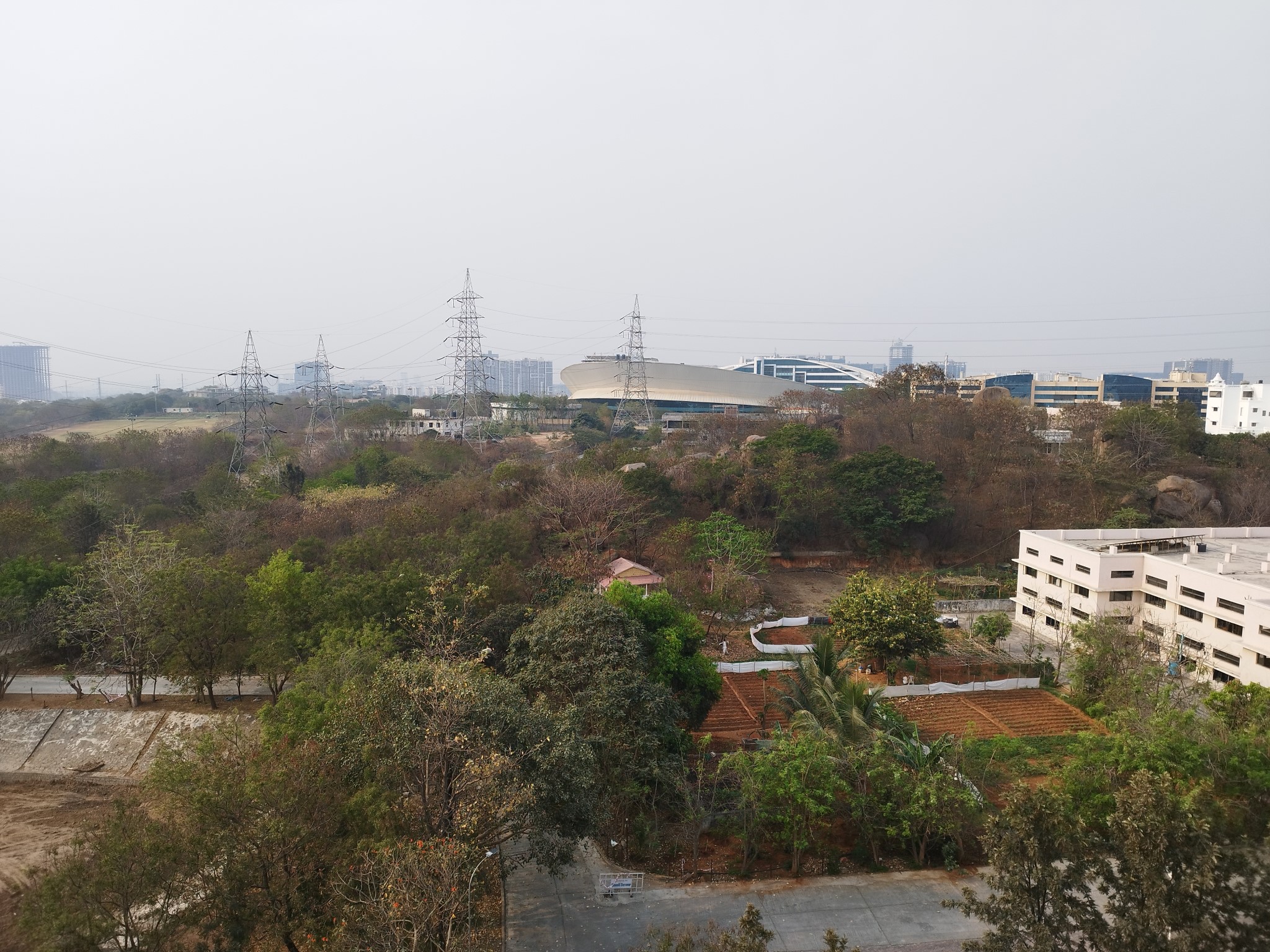
As for the camera itself, the HM2 sensor has been used in over a dozen Xiaomi phones to date, and it is reliable in most scenarios. It produces photos with good dynamic range and contrast levels in daylight situations, with plenty of detail. Similarly, photos taken in low-light conditions had good detail and dynamic range with accurate colors. There is visible noise around the edges and the phone is conservative with shadows, but you can switch to the Night mode ekes out better dynamic range and detail.
The sensor has its limitations and isn't quite as good as its immediate rivals, but it doesn't have any major shortcomings either. That said, the auxiliary cameras are not worth the hassle; the wide-angle lens struggles with colors and tends to skew to warm tones, and it fares poorly in low-light scenarios. The 2MP macro is laughably bad and shouldn't have been included in the first place.
Xiaomi isn't offering any meaningful gains here, and in a few areas like 4K video, the Redmi Note 11 Pro 5G is on the backfoot when seen next to its predecessor.
Redmi Note 11 Pro 5G: Software
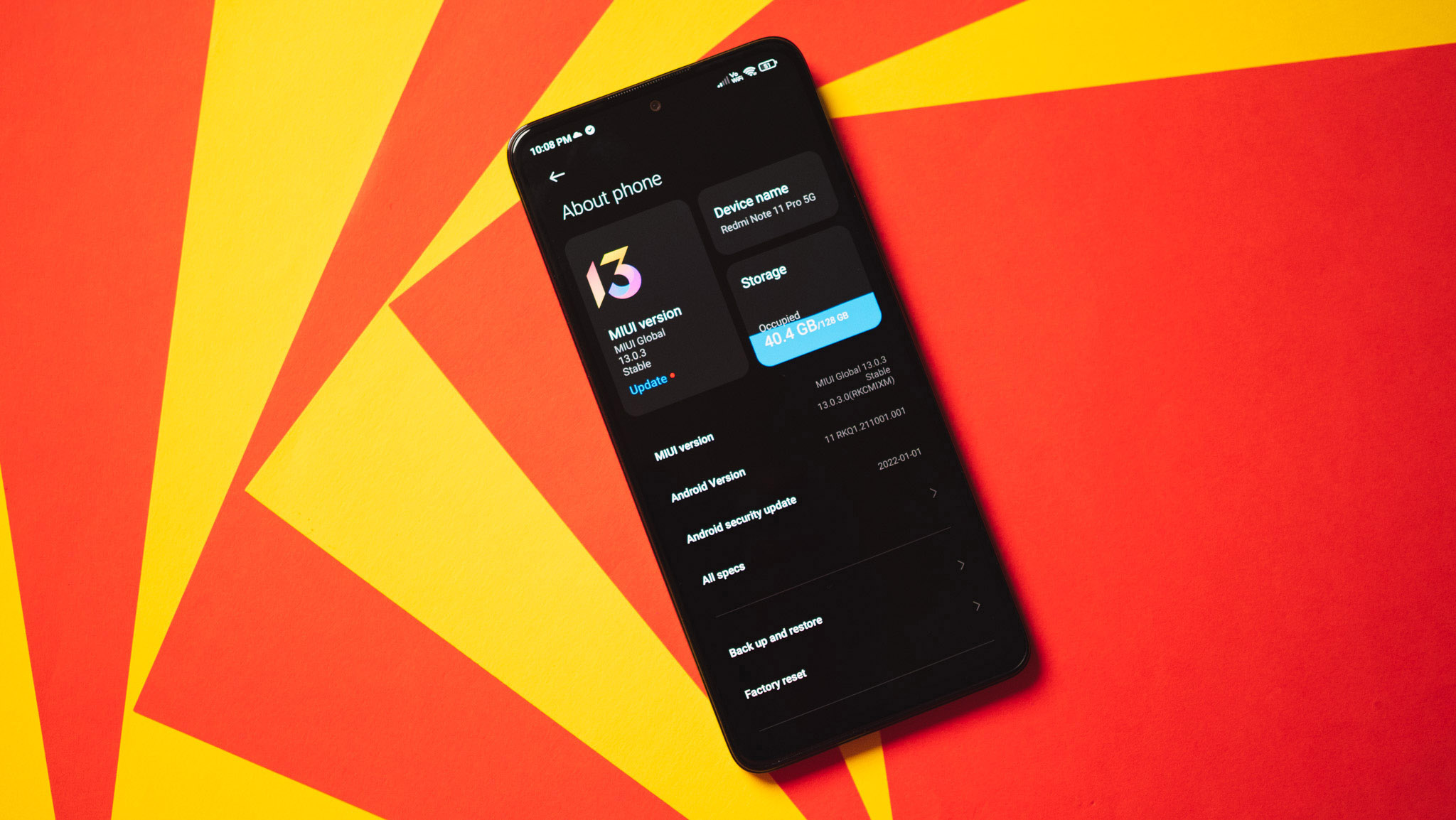
Xiaomi cleaned up MIUI over the last two years, getting rid of ads within the UI and tackling the bloatware issue. The result is that MIUI 13 is fluid, modern, and generally great to use. What you won't like is the fact that the phone still runs Android 11 out of the box, which is what the Redmi Note 10 Pro launched with over a year ago.
The Redmi Note 11 Pro 5G is launching with the same Android version as its predecessor.
For the Redmi Note 11 Pro series to launch with an older version of Android is inexcusable, and what makes this situation that much more frustrating is that Xiaomi has released phones with Android 12 this year — the Xiaomi 12 series runs the latest version of Android out of the box.
So in the case of the Redmi Note 11 series and other budget/mid-range models, Xiaomi is intentionally offering an older version of Android so it doesn't have to provide additional OS updates down the line. The result is that the Redmi Note 11 Pro 5G won't get Android updates past Android 13.
Will the phone be obsolete in two years? Not quite. Xiaomi has always prioritized MIUI updates in favor of Android platform builds, and it stands to reason that the Redmi Note 11 series in general will get at least three or four MIUI releases. But the fact remains that these devices will miss out on most of the Android features that Google will release over the coming years.
As for what it's like to use the phone on a daily basis, the MIUI 13 build on the Redmi Note 11 Pro 5G misses out on Android 12-based features like a privacy dashboard, retooled widgets, and recording indicators.
Xiaomi now defaults to its iOS-style split notification pane with the Control Center, and it is annoying to use as you'll ideally want to see both toggles and notifications when you pull down the shade. Thankfully, you can switch to the standard notification pane from the settings.
Xiaomi needs to rethink its software situation.
There's also a built-in app drawer that's sourced from POCO, a floating windows mode that's quite useful, and plenty of customizability. I didn't notice much in the way of difference over MIUI 12, but Xiaomi notes that it made several under-the-hood tweaks to make MIUI 13 that much more resource and storage-efficient.
But the biggest letdown is that the phone still runs Android 11 out of the box, and with only two guaranteed platform updates, it will only see Android 13. Contrast that to what Samsung is doing with its Galaxy A series — where the 2022 models will get four Android OS updates — and you begin to see just how much ground Xiaomi has to cover in this area. Even Realme is doing a better job with software; the Realme 9 Pro/Pro+ come with Android 12 out of the box.
Redmi Note 11 Pro 5G: The competition
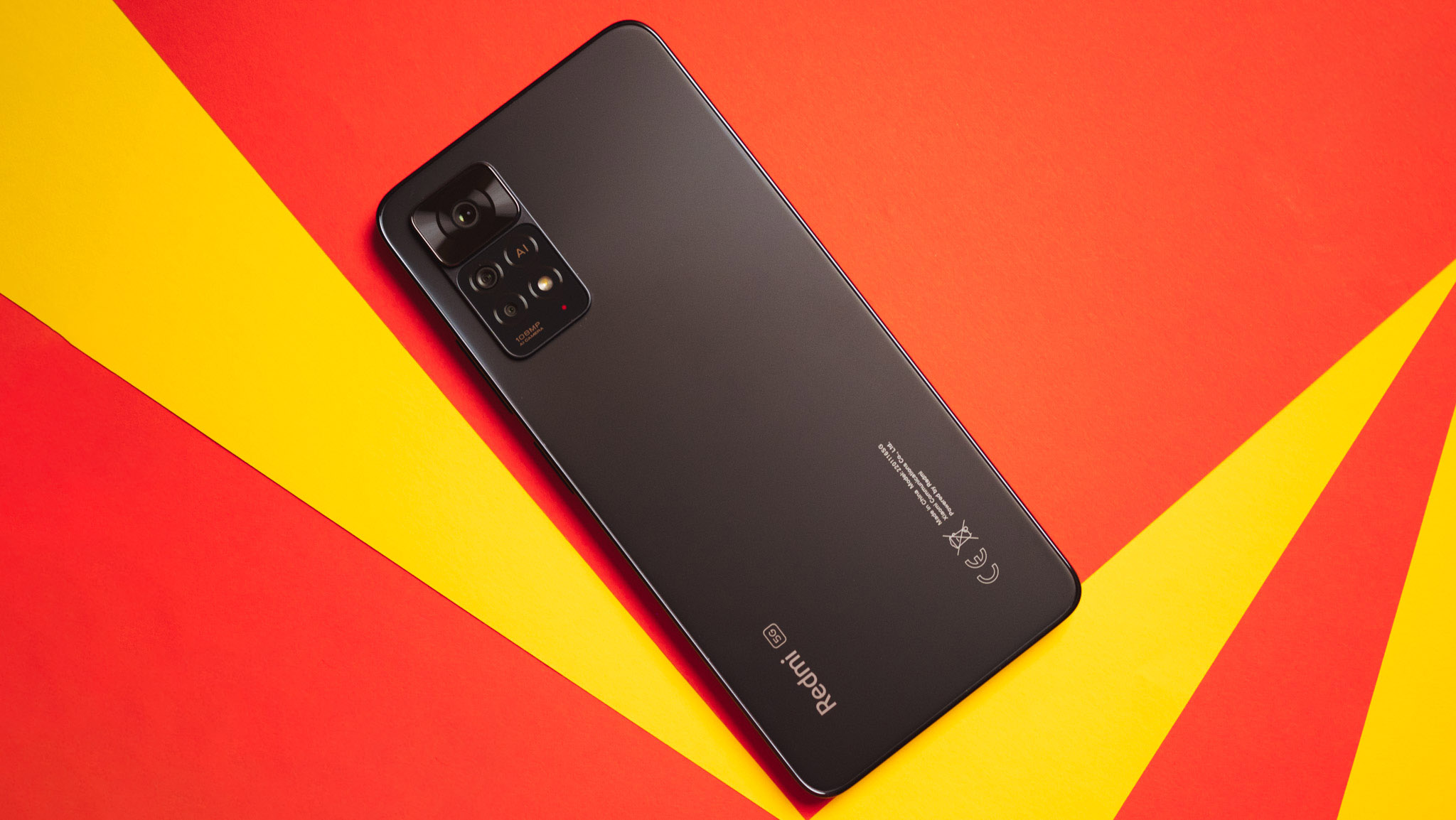
The defining theme in the budget segment over the last three years has been the rivalry between Xiaomi and Realme. Both brands deliver near-identical products and often undercut each other. While Xiaomi was able to outmatch Realme a few times in the past, the momentum is on the latter for 2022.
The Realme 9 Pro+ is the ideal alternative to the Redmi Note Pro 5G; it has beefier hardware in the form of the Dimensity 920, better cameras, 4K video recording, and similar storage configurations. The best part is that the 9 Pro+ runs Android 12 out of the box, meaning it will get one more Android update.
The Realme 9 Pro+ costs €380 ($415), or €10 more than the Redmi Note 11 Pro 5G in the region. In India, it is available for ₹24,999 ($325), ₹4,000 ($52) more than the equivalent model of the Redmi Note 11 Pro+ 5G.
The Nord 2 is also a solid contender, considering it costs the same as the Redmi Note 11 Pro 5G in Germany and other countries in the region. The Nord 2 has an even faster Dimensity 1200, much better cameras, bloat-free software, and a design that's easier to hold and use.
And if you're coming from a Xiaomi phone and don't want to switch away from MIUI, the Redmi Note 10 Pro is still a great choice in 2022. It has the same camera hardware but with 4K video recording, a better design, identical AMOLED screen, and the same Android version under the hood.
Redmi Note 11 Pro 5G: Should you buy it?
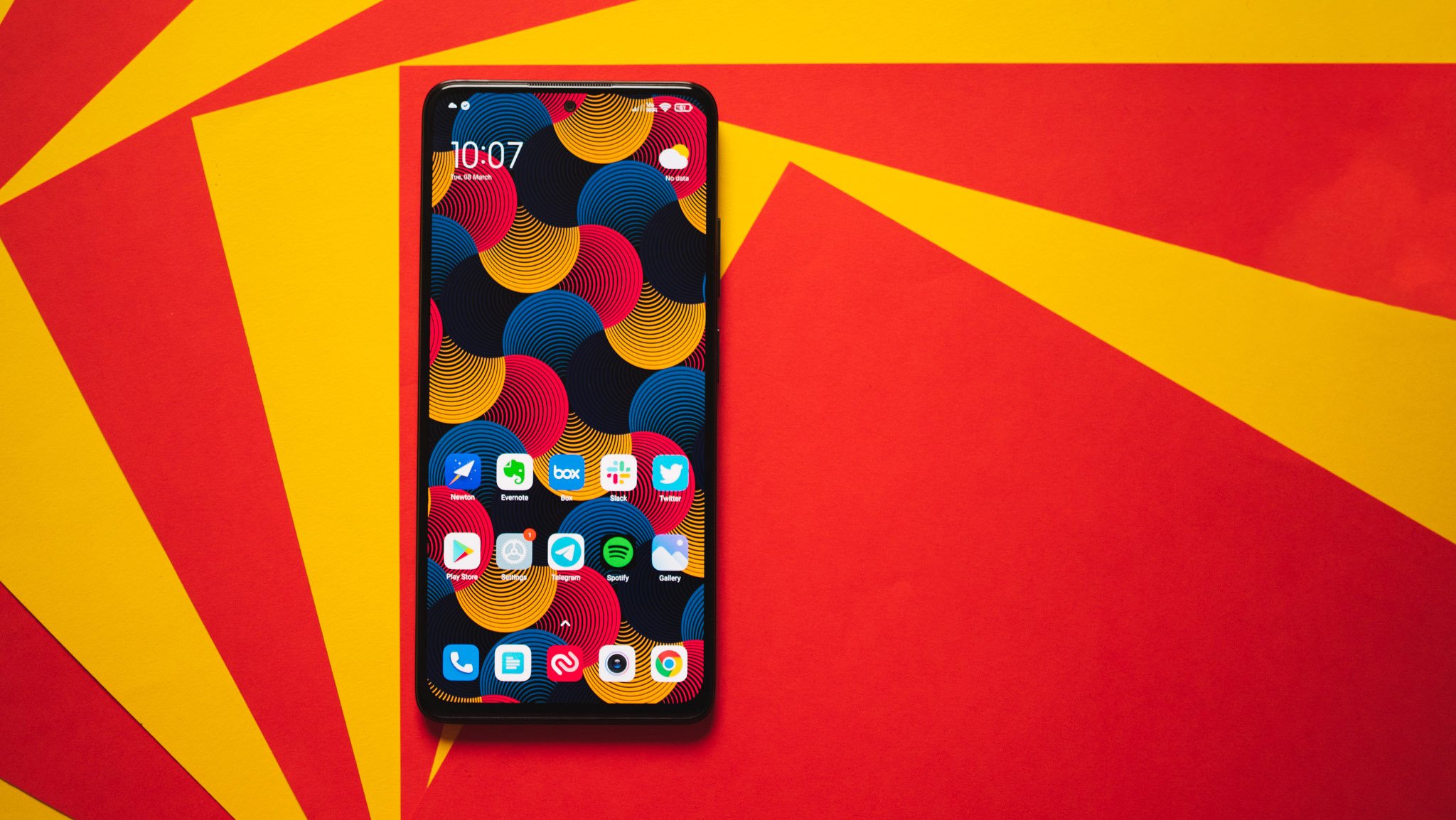
You should buy this if:
- You want a phone with a vibrant AMOLED screen
- You want multi-day battery life with fast charging
- You need a 3.5mm jack and stereo sound
- You're looking for a budget phone for gaming
You shouldn't buy this if:
- You want the latest version of Android
- You're looking for long-term Android updates
- You intend to video on your phone
- You want a good value
With the Redmi Note 11 Pro 5G, Xiaomi has decided to play it safe. That's not a bad thing necessarily considering last year's Redmi Note 10 Pro offered huge upgrades, but Xiaomi could have done more to differentiate the phone.
While the phone has slightly faster internal hardware and better charging tech, it doesn't differ in any meaningful way to its predecessor. In fact, the design isn't as good as last year, and the camera is worse off thanks to the lack of 4K video recording.
Then there's the software situation; with the Redmi Note 11 Pro 5G running Android 11 and slated to get just two version updates, it is on an equal footing with the Redmi Note 10 Pro.
With a lot of alternatives readily available, I can't help but feel that the Redmi Note 11 Pro 5G is a poor showing in this category. The Realme 9 Pro+ gives you more value for your money as it has Android 12 out of the box, and you get better cameras.
The Redmi Note 10 Pro is still the default choice if you don't care about 4G, and if you need to switch to 5G, the Realme 9 Pro+ is the obvious alternative.

The Redmi Note 11 Pro 5G doesn't offer meaningful upgrades over its predecessor, and it isn't as good a value. So if you're looking for a good budget phone in 2022, your best choice is still the Redmi Note 10 Pro.

Harish Jonnalagadda is Android Central's Senior Editor overseeing mobile coverage. In his current role, he leads the site's coverage of Chinese phone brands, networking products, and AV gear. He has been testing phones for over a decade, and has extensive experience in mobile hardware and the global semiconductor industry. Contact him on Twitter at @chunkynerd.
